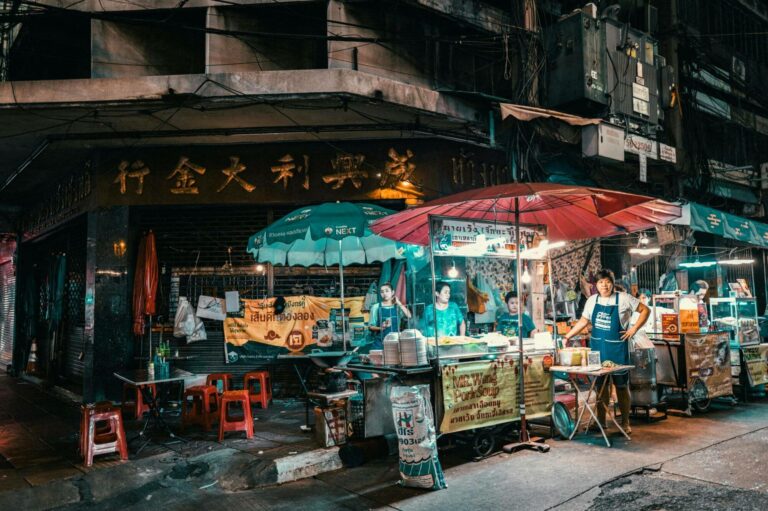Exploring the Unique Traditions of Trás-os-Montes Portugal
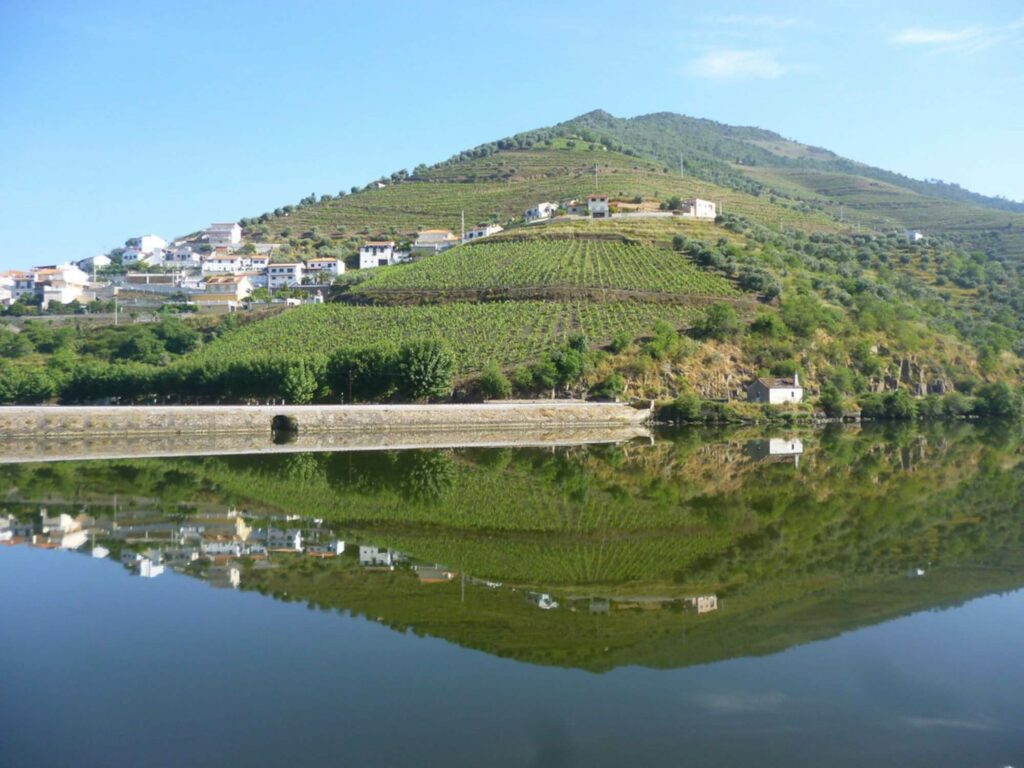
Are you ready to embark on a journey to discover the unique traditions of Trás-os-Montes? This enchanting region in northeastern Portugal boasts a rich history and a distinct way of life that has been shaped by its isolated past. With its challenging climate, divided into the Cold Land and the Hot Land, Trás-os-Montes offers a landscape of contrasts, from granite landscapes to fertile lands.
- Begin your exploration in Vila Real, a bustling town with easy access to the Parque Natural do Alvão.
- Don’t miss the chance to visit the historic towns of Chaves and Bragança, where you can immerse yourself in the region’s fascinating cultural heritage.
- Outdoor enthusiasts will also find plenty of opportunities for adventure in the Parque Nacional da Peneda-Gerês and the Parque Natural de Montesinho.
Last but leats, if you’re looking to extend your trip, there are tailor-made travel itineraries available that will take you to explore the rest of Portugal, from Porto and Galicia to the Algarve and the Azores. Get ready to uncover the hidden gems of Trás-os-Montes and create memories that will last a lifetime.
Unique Traditions of Trás-os-Montes
Trás-os-Montes, a northeastern region in Portugal, is known for its rich historical and cultural heritage. The region has a distinctive way of life, shaped by its isolated past and challenging climate. From religious festivals to local cuisine, folklore to handicrafts, and farming to vineyards, Trás-os-Montes offers a myriad of unique traditions waiting to be explored.
Historical and Cultural Heritage
Trás-os-Montes boasts several significant historical and cultural sites that showcase the region’s heritage. The Museu de Arte e Memória (Museum of Art and Memory) in Vila Real is a must-visit for those interested in understanding the local history. The museum showcases a remarkable collection of art and artifacts that depict the region’s past.
Other notable sites include the Chaves Castle and Roman Bridge, which provide a glimpse into the region’s ancient history. The Bragança Castle and Domus Municipalis are also worth exploring, offering insights into medieval architecture and governance. The Vila Real Cathedral and the Mirandela Historic Quarter are additional sites that capture the essence of Trás-os-Montes’ rich cultural heritage.
Religious Festivals
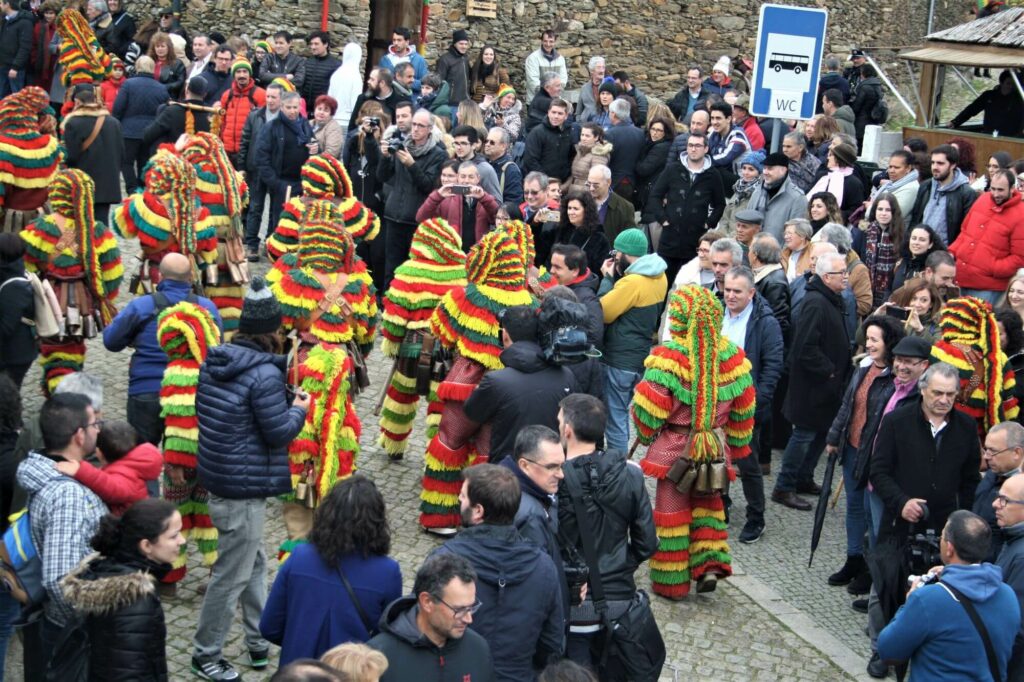
Religious festivals play a significant role in the cultural fabric of Trás-os-Montes. The Festa dos Fachos (Torches Festival) in Montalegre is one of the most unique and dazzling celebrations in the region. During this festival, locals carry torches of fire through the streets, creating a mesmerizing spectacle.
The Festa de Nossa Senhora da Saúde (Our Lady of Health Festival) in Chaves is another religious celebration that attracts visitors from far and wide. It is a time when the local community comes together to honor their patron saint and participate in religious processions and festivities.
The Festa dos Rapazes (Boys’ Festival) in Bragança is a joyous event celebrated in January. Young boys dress up in traditional costumes and parade through the streets, creating a lively and colorful atmosphere. Carnival celebrations also take place in various towns across Trás-os-Montes, bringing communities together for merrymaking and elaborate street parades.
Local Cuisine
Trás-os-Montes is a paradise for food lovers, boasting a unique and delicious local cuisine. The region’s culinary delights are a reflection of its rugged landscape and traditional farming practices. One of the most renowned dishes is Alheira, a smoked sausage made with a variety of meats and bread.
Another must-try specialty is Posta à Mirandesa, a succulent Mirandese-style steak cooked to perfection. Butelo, a hearty smoked pork stew, is a popular dish enjoyed during the colder months. Bacalhau à Bragançana, a codfish dish prepared with onions and potatoes, is a true delight for seafood enthusiasts. And don’t forget to sample the Pão-de-Ló de Chaves, a fluffy and moist sponge cake that will melt in your mouth.
Folklore and Traditional Music
Trás-os-Montes is steeped in folklore and traditional music, providing a deeper understanding of the region’s cultural identity. One of the most iconic elements of Trás-os-Montes’ folklore is the Pauliteiros de Miranda, traditional stick dancers. These dancers perform intricate choreographies wielding long sticks, showcasing their skill and agility.
The Chocalheiro, or Bellman, is another fascinating figure in Trás-os-Montes’ folklore. They wear vibrant costumes adorned with bells and carry wooden sticks to create a rhythmic sound as they dance through the streets. The Corridinho, a traditional dance, is often performed during festivals and celebrations, bringing people together in joyous unity. The Tamboril, a double-headed drum, provides the beat for many traditional songs and dances in the region.
Handicrafts
Trás-os-Montes is known for its exquisite handicrafts, which showcase the skill and creativity of local artisans. Pottery and ceramics are among the most popular crafts, with artisans creating intricately designed pieces that reflect the region’s aesthetic.
Bobbin lace is another exquisite craft found in Trás-os-Montes. Skilled artisans create delicate lacework using a special technique that involves twisting and weaving threads on bobbins. Wool weaving is also an important craft, with beautiful garments and textiles produced by hand.
Basketry and woodcarving are additional crafts that highlight the region’s traditional skills. Local artisans create intricate baskets and furniture pieces using traditional techniques passed down through generations.
Farming and Agriculture
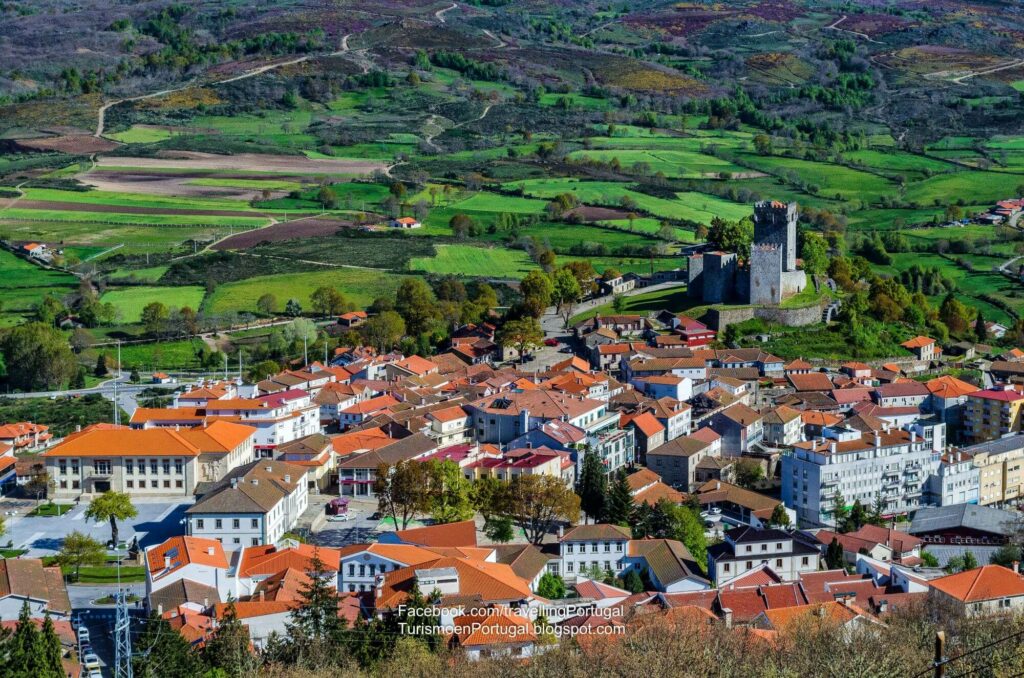
Trás-os-Montes’ challenging climate and geographical features have shaped its farming and agricultural practices. Traditional agricultural methods are still practiced, preserving the region’s connection to its rural roots.
Olive groves dot the landscape, providing the precious fruit used to make high-quality olive oil. Almond orchards, with their delicate blossoms, are another characteristic feature of Trás-os-Montes’ agricultural landscape. Each year, the chestnut harvest is a widely celebrated event, with locals coming together to gather and process the bountiful crop.
Sheep and cattle farming are also integral to the region’s agricultural traditions. These livestock play a vital role in the local economy and contribute to the preservation of the picturesque rural landscape.
Vineyards and Wine Production
Trás-os-Montes is home to vineyards that produce exceptional wines, contributing to Portugal’s reputation as a world-class wine destination. The region is part of the renowned Douro Wine Region, producing both still and fortified wines, including the famous Port wine.
Trás-os-Montes offers wine enthusiasts the opportunity to explore vineyards, participate in wine tastings, and learn about the winemaking process. Wine tours are available, allowing visitors to immerse themselves in the region’s winemaking traditions and savor the flavors of its unique wine varieties.
Gastronomic Festivals
Trás-os-Montes celebrates its culinary heritage through a variety of gastronomic festivals. One such festival is the Festa do Anho Assado (Roast Lamb Festival) in Miranda do Douro. Visitors can indulge in deliciously tender roasted lamb while enjoying traditional music and dancing.
The Feira do Fumeiro (Smoked Meats Fair) in Vinhais is a feast for meat lovers. This festival showcases the region’s diverse smoked meats, including sausages, hams, and cured meats. The Festa do Caldo (Broth Festival) in Bragança is a celebration of hearty soups and stews, with locals and visitors enjoying a variety of delicious broths.
The Festa dos Sabores Mirandeses (Mirandese Flavors Festival) in Miranda do Douro allows visitors to experience the unique flavors of Mirandese cuisine. From traditional stews to delectable desserts, this festival is a gastronomic delight.
Rural Tourism
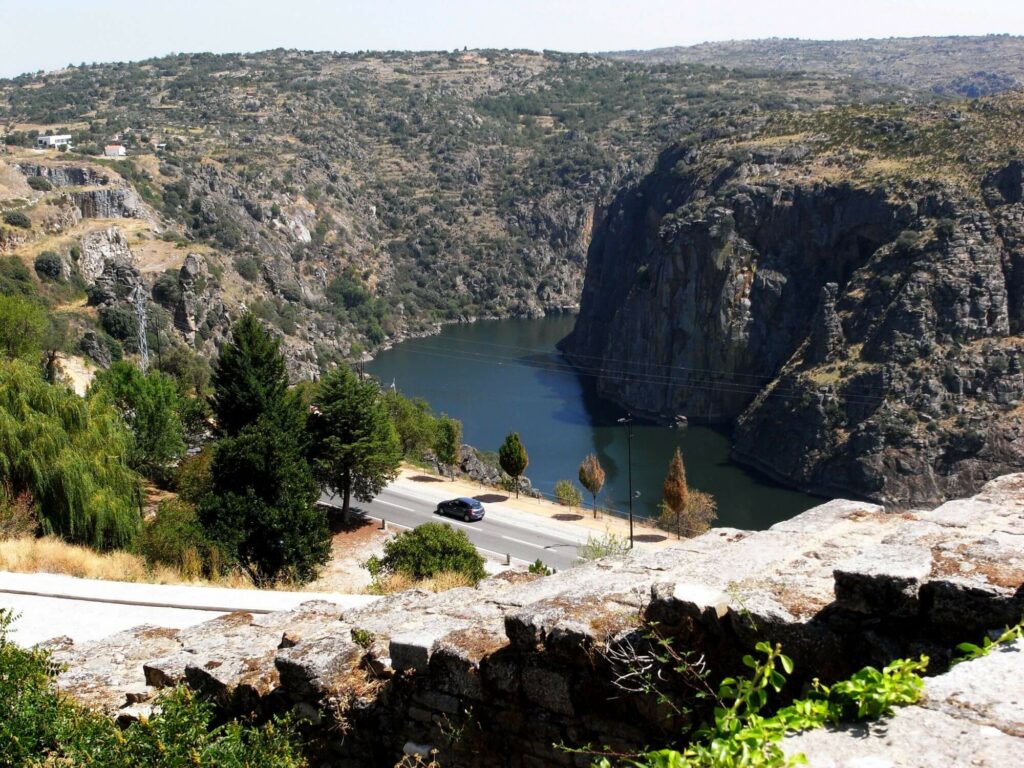
Trás-os-Montes offers excellent opportunities for rural tourism, allowing visitors to immerse themselves in the region’s unique traditions and way of life. The region’s picturesque landscapes, charming villages, and welcoming communities make it an ideal destination for those seeking an authentic and immersive experience.
Community festivities and gatherings provide a glimpse into the vibrant local culture. Traditional clothing and costumes, with their intricate designs and vibrant colors, are often showcased during these events. The region’s traditional architecture, characterized by granite buildings and unique features, adds to its allure.
Throughout Trás-os-Montes, visitors can witness and participate in rural traditions and customs, such as farming practices and traditional crafts. Ethnographic museums and exhibitions offer insight into the region’s history and traditions, providing a deeper understanding of its cultural heritage.
Exploring the historical and cultural heritage, indulging in the local cuisine, witnessing folklore performances, and immersing oneself in rural traditions provide an unforgettable experience. By preserving its traditional lifestyle, Trás-os-Montes ensures that its uniqueness endures and continues to be shared with visitors from around the world.




